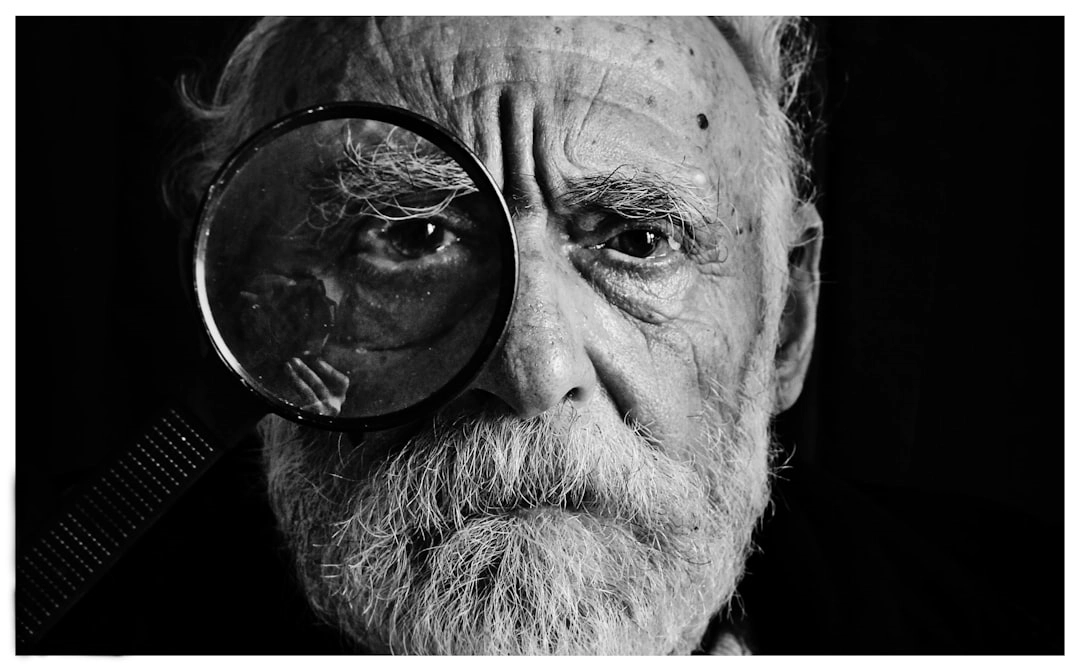
What is Sustainable Portrait Photography?
Sustainable portrait photography refers to the practice of capturing professional portraits while minimizing the negative environmental impact. It involves adopting eco-friendly techniques and utilizing sustainable materials and equipment. By implementing sustainable practices, photographers aim to reduce waste, energy consumption, and carbon emissions, while promoting ethical and responsible choices.
Real-World Problems Associated with Sustainable Portrait Photography
Sustainable portrait photography faces various challenges due to the nature of the industry and the materials commonly used.
1. Waste Generation
The production of traditional photography materials, such as single-use film rolls and chemical-based printing processes, generate significant waste. This includes plastic packaging, non-recyclable materials, and toxic chemicals that can harm the environment. Finding alternatives to reduce waste production is essential for sustainable portrait photography.
2. Energy Consumption
The operation of photography studios, lighting equipment, and digital editing processes requires a significant amount of energy. Traditional lighting systems, for example, can consume a substantial amount of electricity. Finding energy-efficient alternatives, such as LED lighting, and embracing renewable energy sources can help reduce the carbon footprint associated with portrait photography.
3. Carbon Emissions
The transportation required for portrait sessions, especially for on-location shoots, contributes to carbon emissions. This includes traveling to and from the location, as well as shipping equipment and prints. Minimizing the need for long-distance travel, carpooling, or utilizing eco-friendly transportation options like bicycles can help mitigate carbon emissions.
4. Ethical Sourcing
Sustainable portrait photography also addresses the issue of ethical sourcing of materials. This includes considering the origin and production processes of the equipment used, such as cameras, lenses, and tripods. Supporting brands that prioritize fair labor practices and sustainable manufacturing is crucial for maintaining an ethical approach within the industry.
By understanding these real-world problems and addressing them through sustainable practices, photographers can reduce their environmental impact and contribute to a more eco-friendly portrait photography industry.

Solutions for Sustainable Portrait Photography
1. Waste Reduction and Management
Photographers can adopt practices to minimize waste generation. This includes using digital photography instead of film, which eliminates the need for single-use rolls. Additionally, opting for eco-friendly packaging materials and printing methods that utilize biodegradable or recyclable materials can help reduce waste in the industry.
2. Energy-Efficient Lighting and Equipment
Transitioning to energy-efficient lighting systems, such as LED lights, helps reduce energy consumption during studio sessions. Photographers can also invest in energy-saving equipment and regularly maintain and update their gear to ensure optimal efficiency. This not only lowers energy costs but also decreases the carbon footprint associated with portrait photography.
3. Sustainable Transportation Practices
Minimizing long-distance travel by choosing local portrait locations or offering virtual photography sessions can significantly reduce carbon emissions. Carpooling or using electric vehicles for on-location shoots can further contribute to sustainable transportation practices. Additionally, opting for digital delivery of photographs instead of shipping prints reduces the environmental impact of transportation.
4. Ethical Equipment Sourcing
Photographers can prioritize purchasing equipment from brands that follow sustainable and ethical manufacturing processes. Researching and supporting companies that prioritize fair labor practices, use recycled materials, or have sustainability initiatives can make a positive impact within the industry. Additionally, considering the lifespan of equipment and opting for durable and repairable options can help reduce waste.
By implementing these solutions, photographers can contribute to a more sustainable portrait photography industry, minimizing environmental impact and promoting eco-friendly practices.















